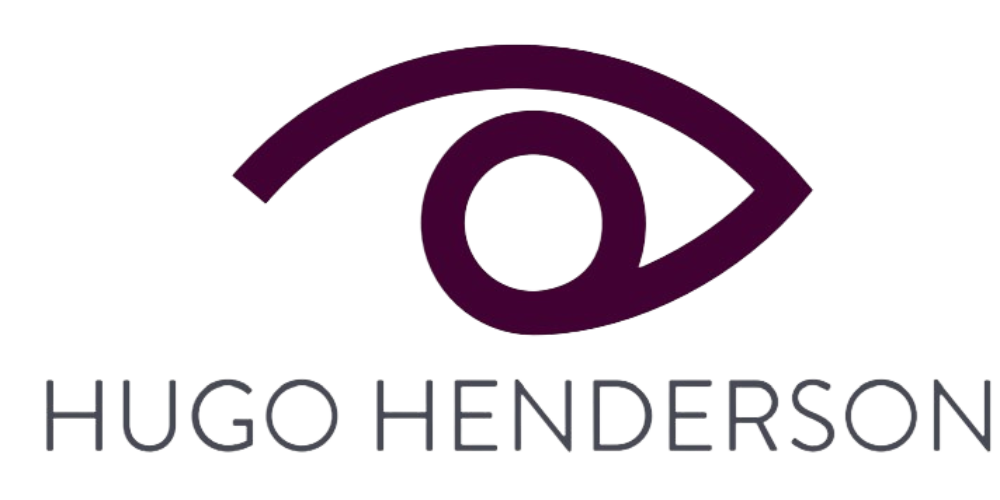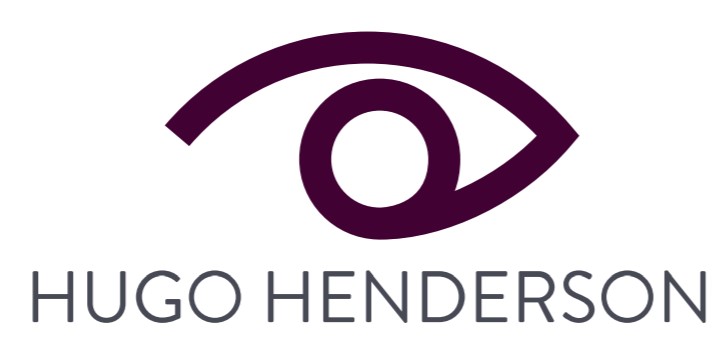Fat Transfer
Nano Fat Injections / Fillers
Fillers
Fillers are primarily used as volumising agents around the eyes. They give a more youthful appearance by replacing lost volume in the under eyes, cheeks, and eyebrows. They also improve the appearance of the skin’s texture. The most common filler is hyaluronic acid, widely known under trade names such as Restylane, Juvederm, and Perlane and the second most common filler is a person’s own fat. Known variously as fat grafting, Coleman fat graft, or micro or nano fat injections. Fat in the patient’s own tissue contains stem cells and natural factors that improve the feel and texture of the skin and underlying tissues, so is the most natural filler. Both materials can be used to plump up the skin and add fullness to under-eye areas and cheeks.
This procedure can be undertaken alone or in conjunction with others such as an eyelift, or blepharoplasty brow lift, however, it is important to discuss what you are looking for at your consultation, as it may be that another procedure or other fillers are more suitable.
At your consultation
We will need your complete medical history, so make sure you have checked your own records and bring this information with you. We will specifically ask if you have any allergies, whether you are taking any vitamins, medications, or other drugs (both prescription and over-the-counter) and if you smoke.
We will assess the facial structure around your eyes and ask you about conditions that could cause problems, for example, active skin reactions.
You should carefully discuss your goals and expectations and whether any additional procedures are appropriate. You will need to follow any guidelines on how to prepare for the agreed procedures, including eating, drinking, smoking and taking or avoiding certain vitamins and medications.
It is important to note that individuals can vary in their physical reactions and healing abilities, so we are unable to fully predict the outcome of treatment with injectable aesthetic fillers. However, we do find that most patients are very satisfied with the results of their injectable treatments.
What are the options?
Hyaluronic Acid
Hyaluronic acid is a naturally occurring protein that provides support to various parts of the human body such as skin, joints, bones and ligaments. Around the eyes it is particularly used to treat under eyes (tear troughs), cheek and eyebrow volume.
The procedure
Hyaluronic acid is injected using a fine needle which will be inserted at several points along the edge of the treatment site. Local anaesthetic is combined with the hyaluronic acid filler to make the procedure more comfortable.
After treatment
Immediately after your treatment you may notice some minor discomfort, stinging or throbbing in the treated area. Occasionally some bruising or swelling will occur, but it is usually minor and any redness that appears in the injected site usually disappears within 24 hours. However, in some individuals, particularly fair-skinned patients, this redness may persist for a week or more. Tiny scabs may also form over the injection sites, but these generally heal quickly.
No bandaging is necessary and you are free to eat, drink, and wear makeup with sunblock protection shortly after. If any swelling or redness in the treated area persists after the first few days, contact your surgeon.
What are the results?
As we mentioned earlier, it is tricky to predict the results from hyaluronic acid as it is very much dependent on the patient’s lifestyle, physical characteristics and also the part of the body treated. In general, we find that hyaluronic acid fillers are likely to disappear faster in areas more affected by muscle movement.

Fat
Medically, we refer to the fat-injection procedure as autologous fat transplantation or microlipoinjection. It involves extracting fat cells usually from the patient’s abdomen or thighs, processing the fat and reinjecting it beneath the facial skin. Fat is most often used to fill in “sunken” cheeks or laugh lines between the nose and mouth, to correct skin depressions or indentations, and to minimize forehead wrinkles.
The procedure
Both the donor and recipient sites will be cleaned and treated with local anaesthesia then the fat is withdrawn using a syringe. The fat is then prepared before being injected into the recipient site with the needle. Sometimes an adhesive bandage is applied over the injection site.
As with Hyaluronic acid, “overfilling” is necessary to allow for fat absorption in the weeks following treatment. When fat is used to fill sunken cheeks or to correct areas on the face other than lines, this overcorrection of the newly injected fat may temporarily make the face appear abnormally puffed out or swollen.
After treatment
Most patients are able to resume normal activity immediately, however, if you had a larger area treated, you could be advised to limit your activity for a short period.
Swelling, bruising or redness in both the extraction and injection sites is usual, but the severity of these symptoms depends upon the size and location of the treated area. You should stay out of the sun for around 48 hours until the redness and bruising subside. In the meantime, you may use makeup with sunblock protection to help conceal your condition.
The swelling and puffiness in the injected area may last several weeks, especially if a large area was filled.
What are the results?
Again, this will vary significantly from patient to patient, some have reported results that last a year or more. However, the majority of patients find that at least half of the injected fullness disappears within 3-6 months. Mr Henderson will advise you on how to maintain your results with repeat treatments.
What are the risks?
Providing that you chose an appropriately qualified oculoplastic surgeon, and follow all the advice and guidelines given, the risks associated with dermal fillers are usually infrequent and minor.
